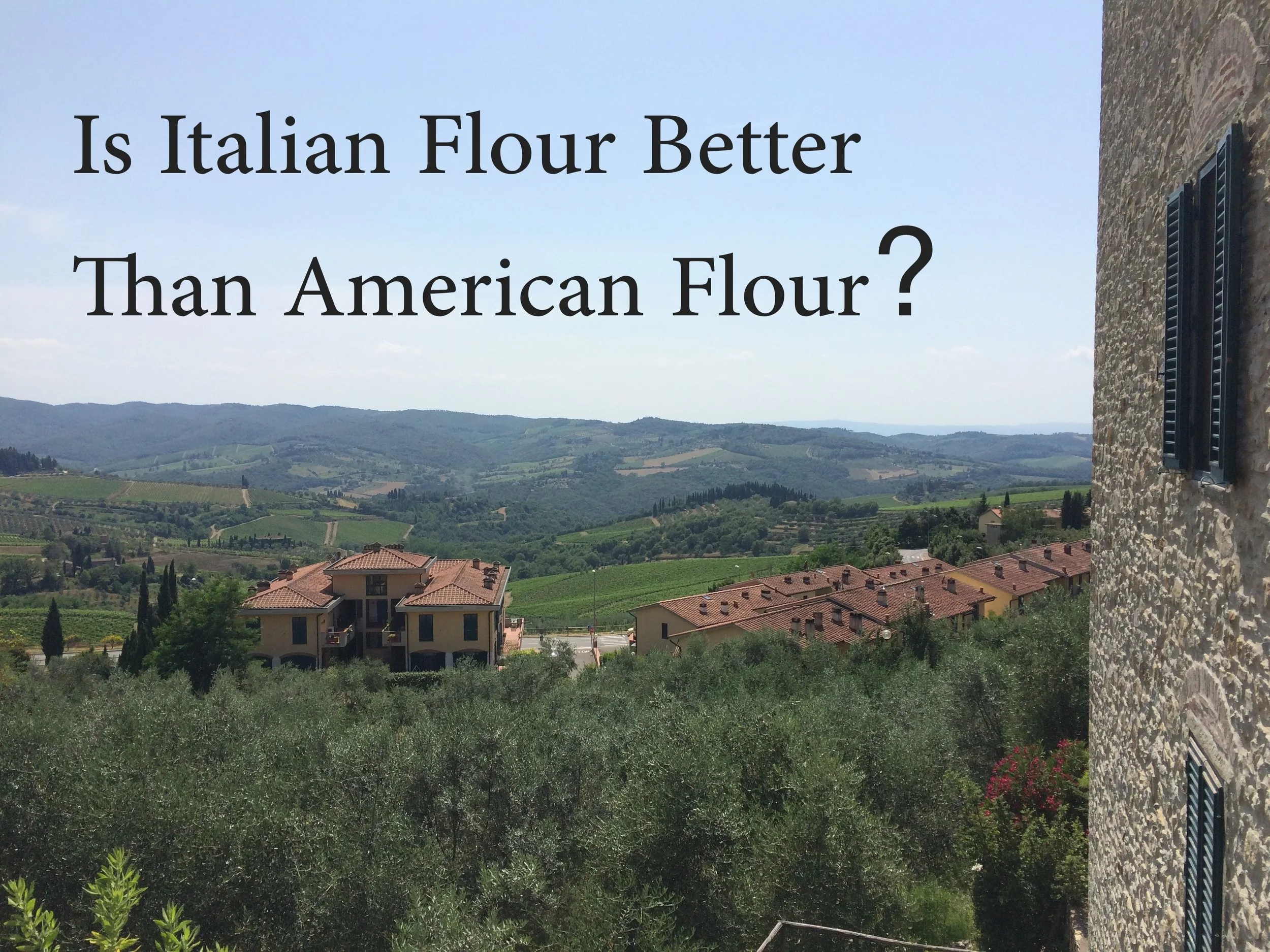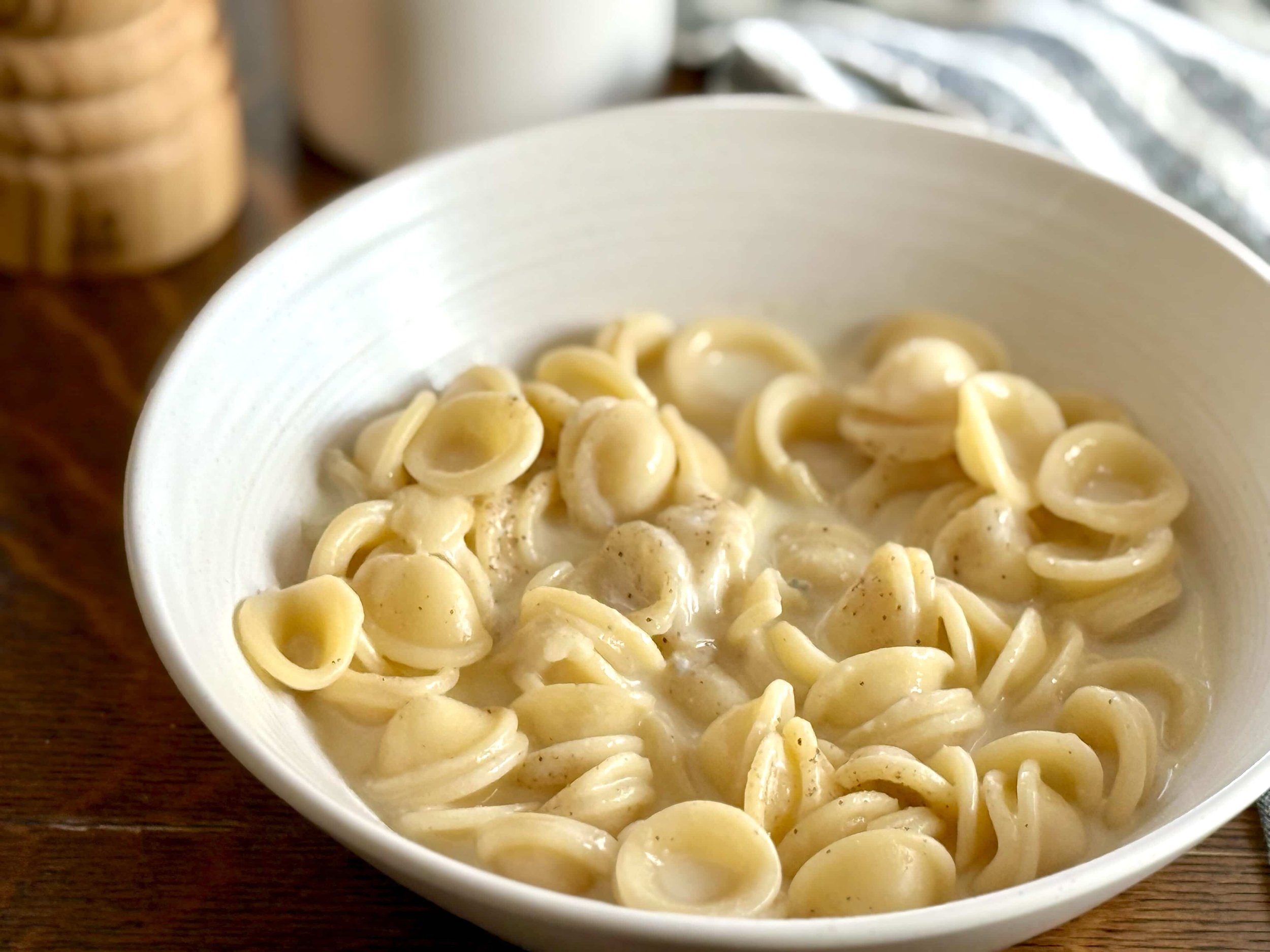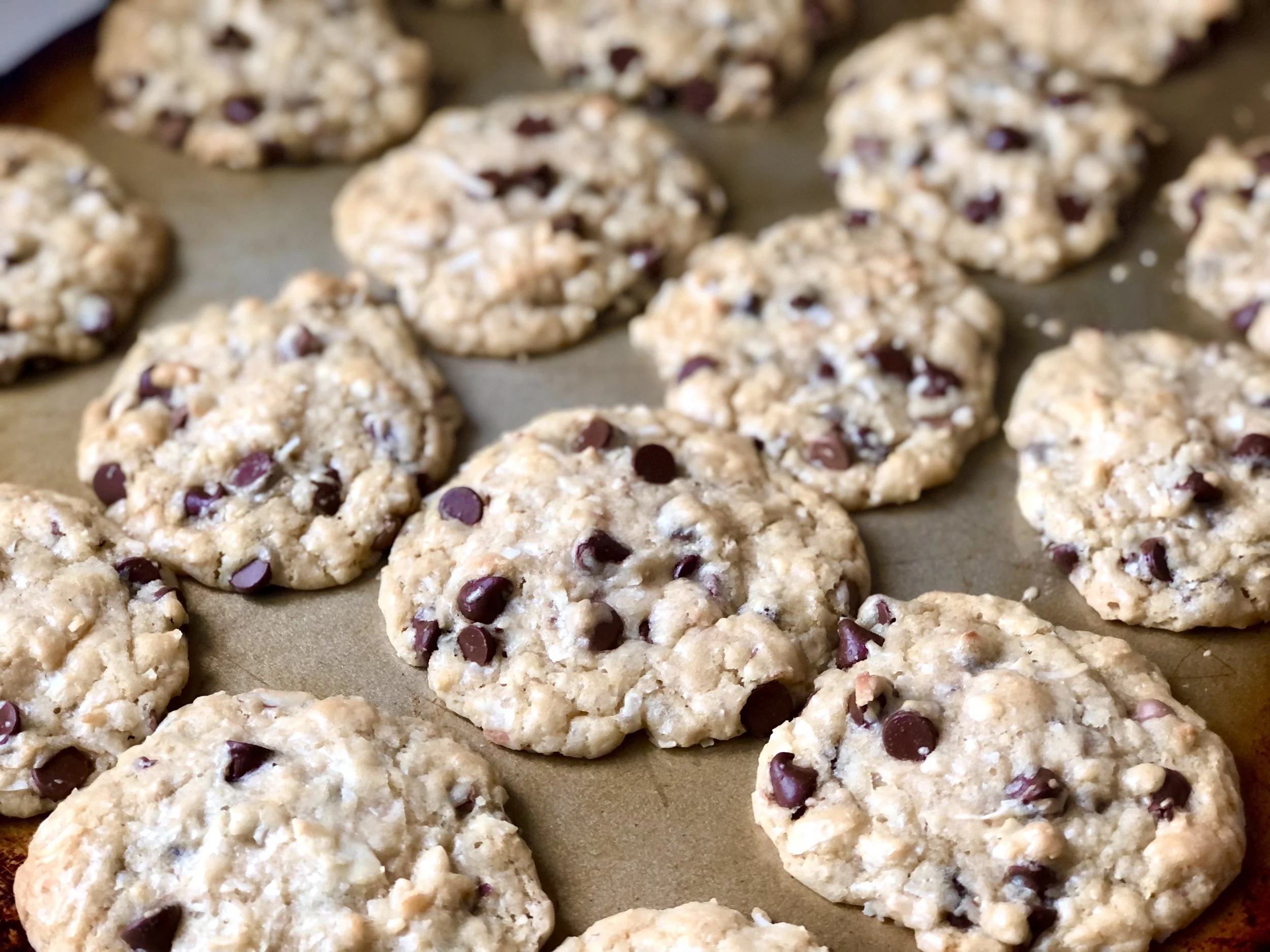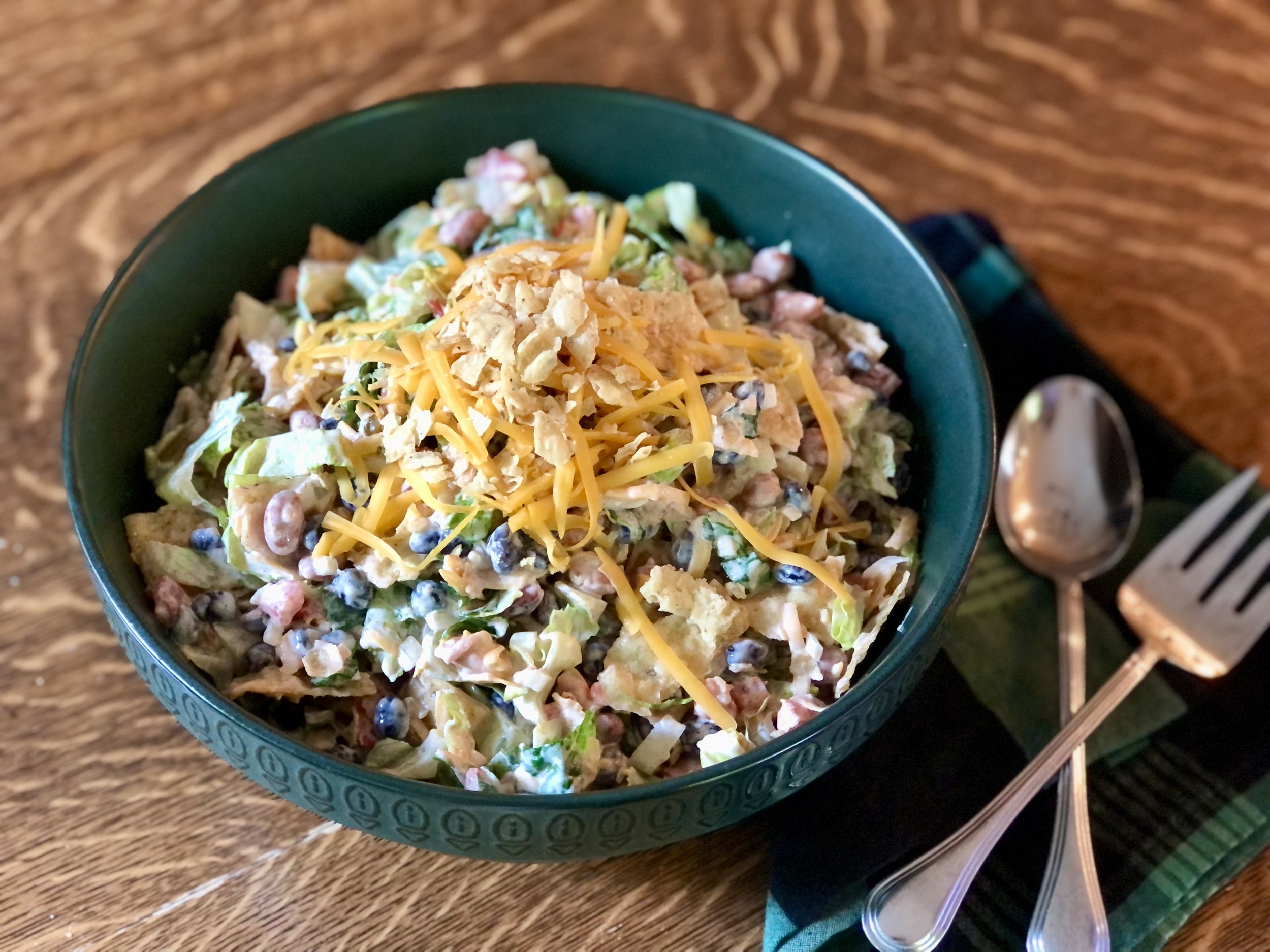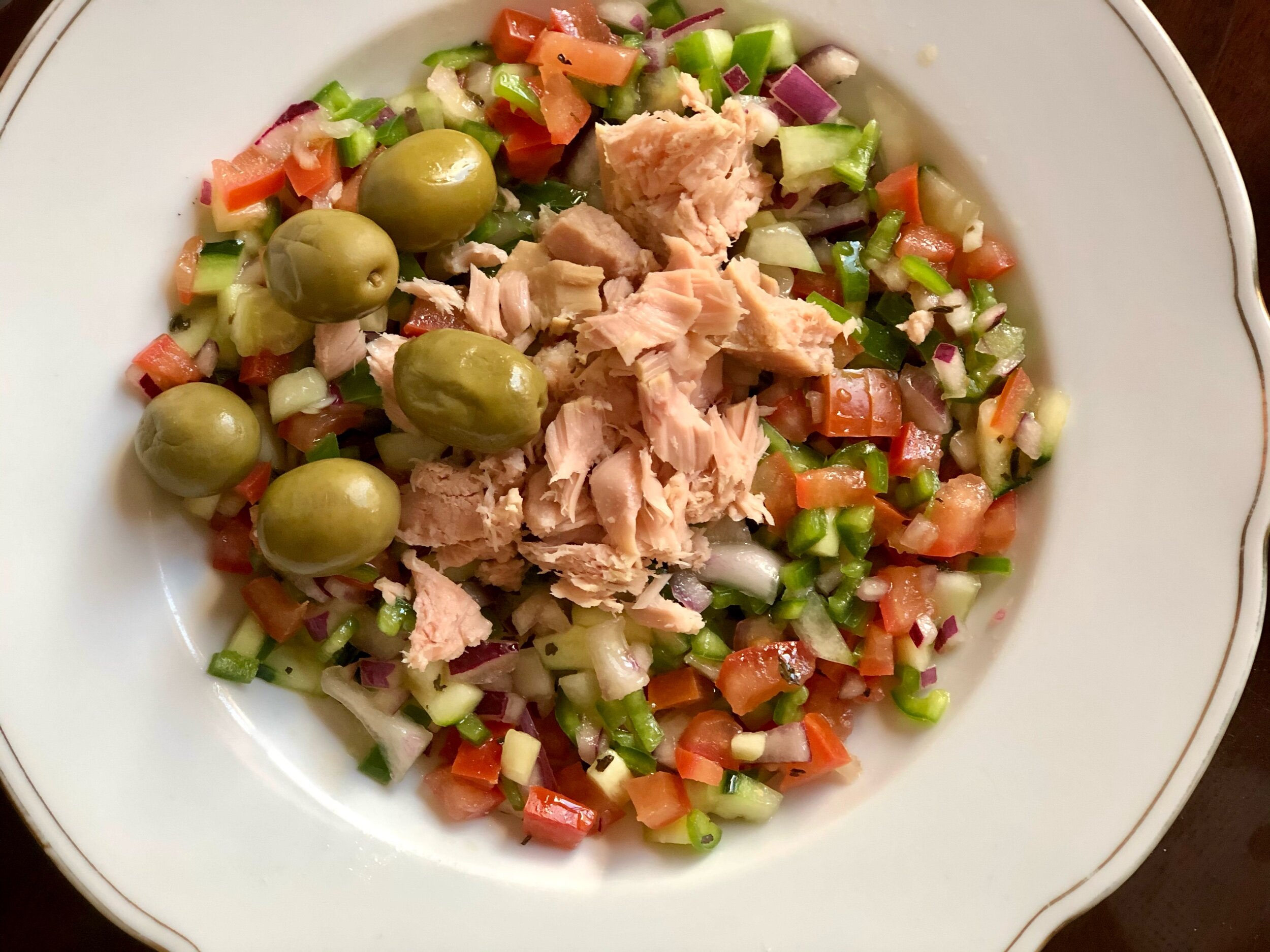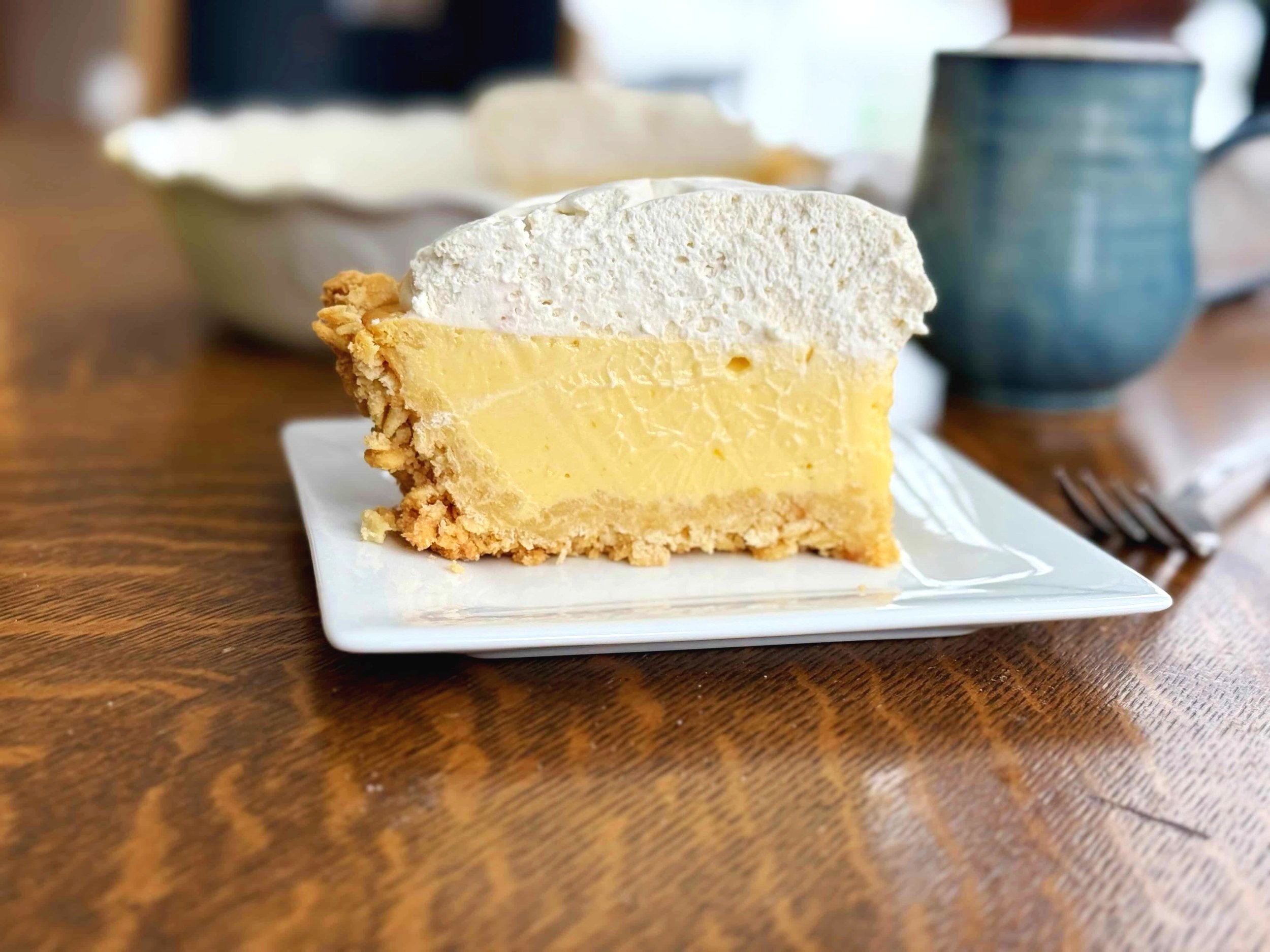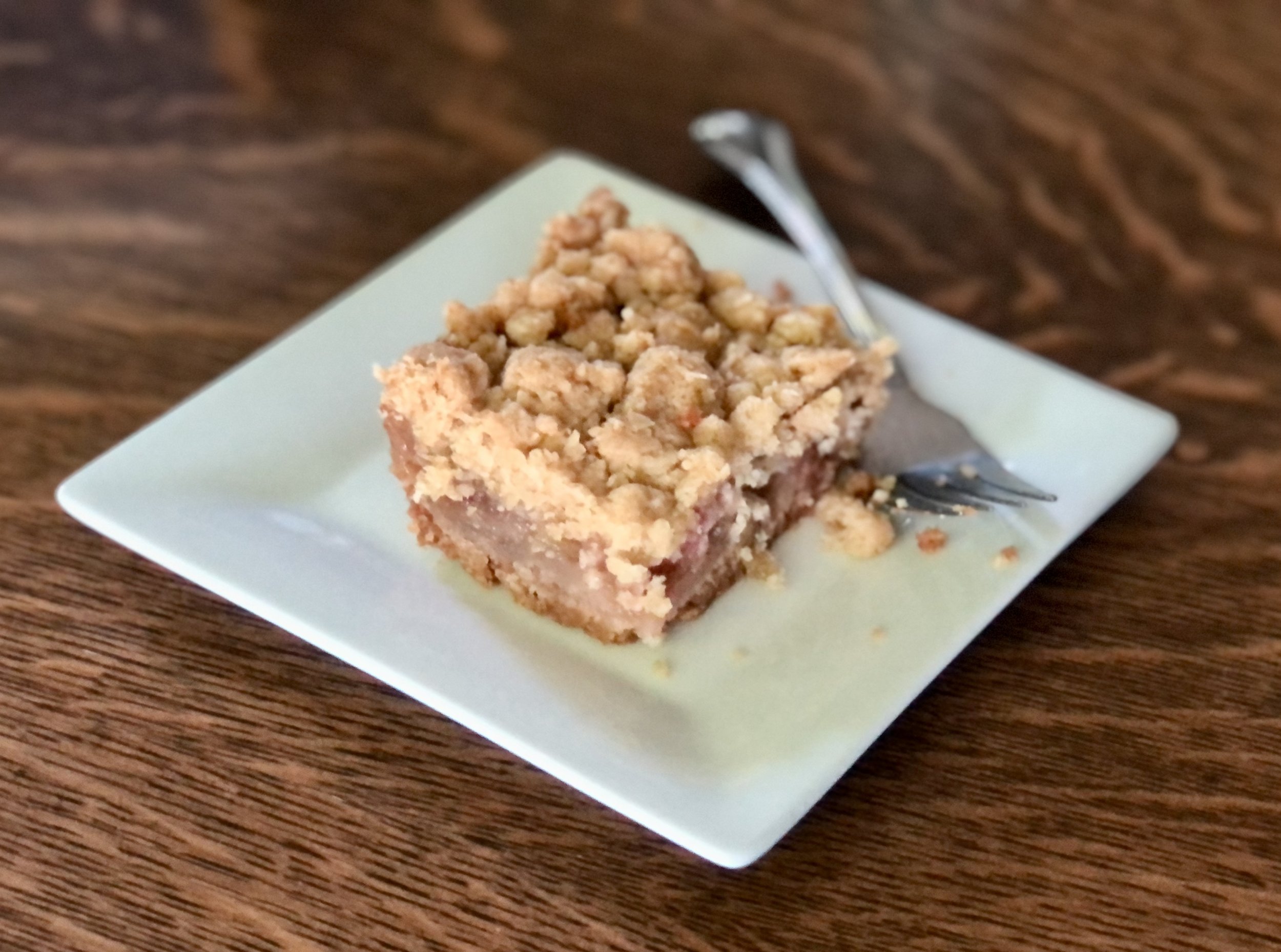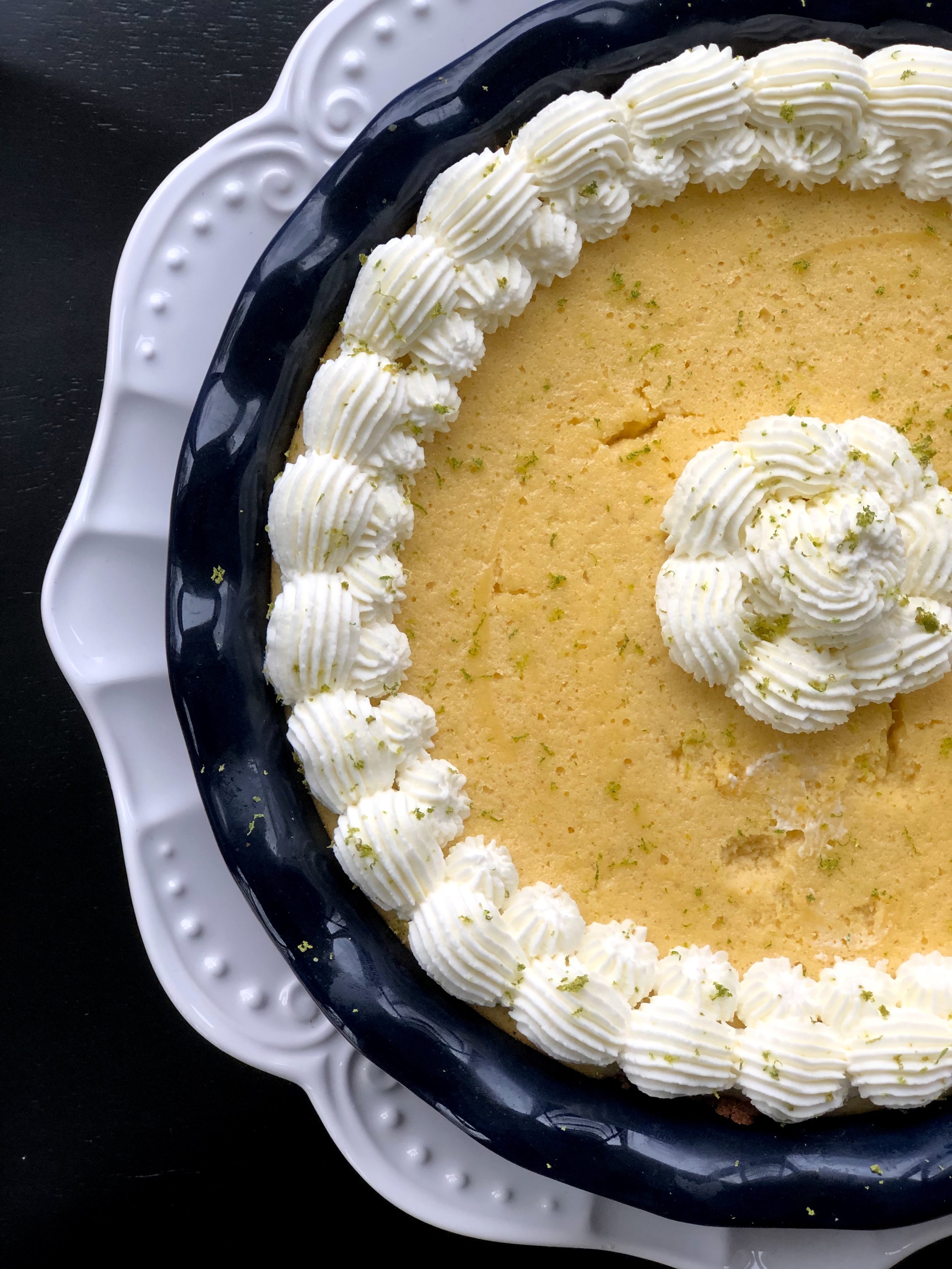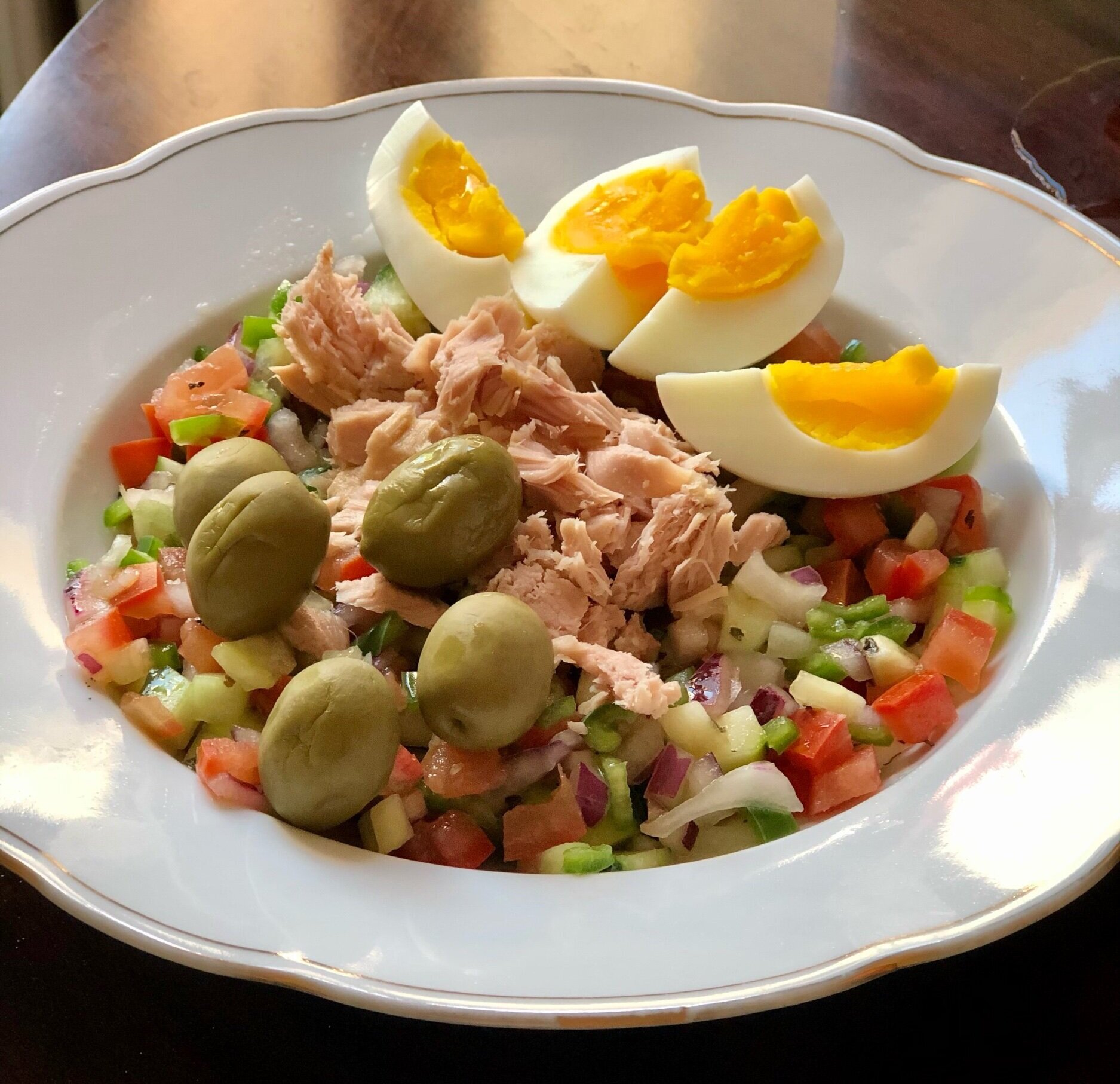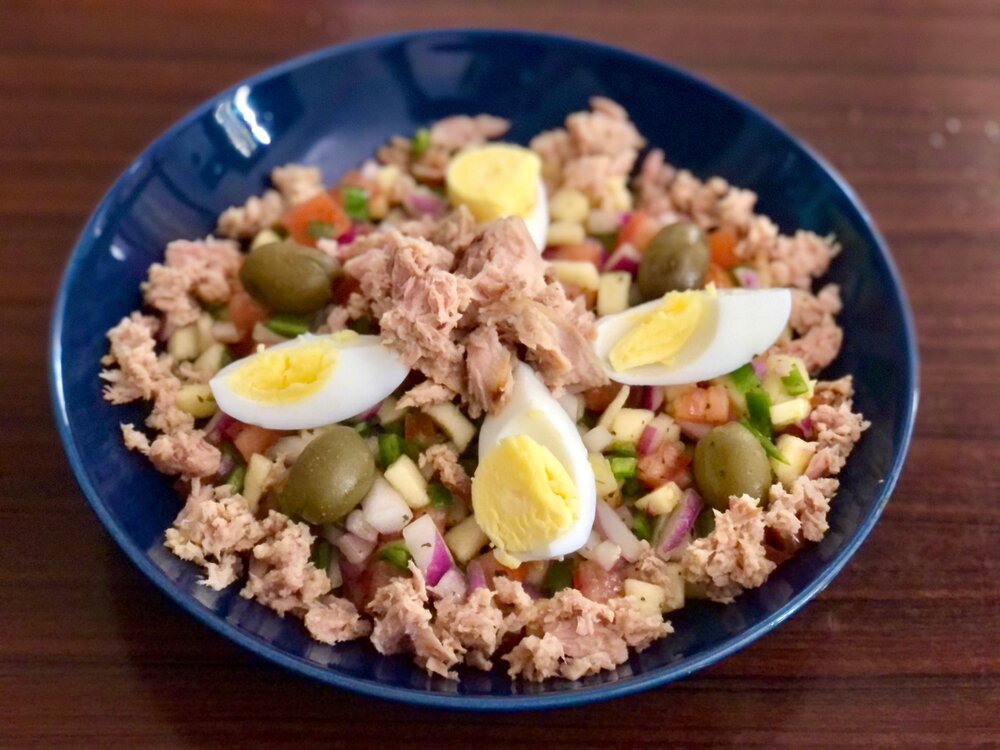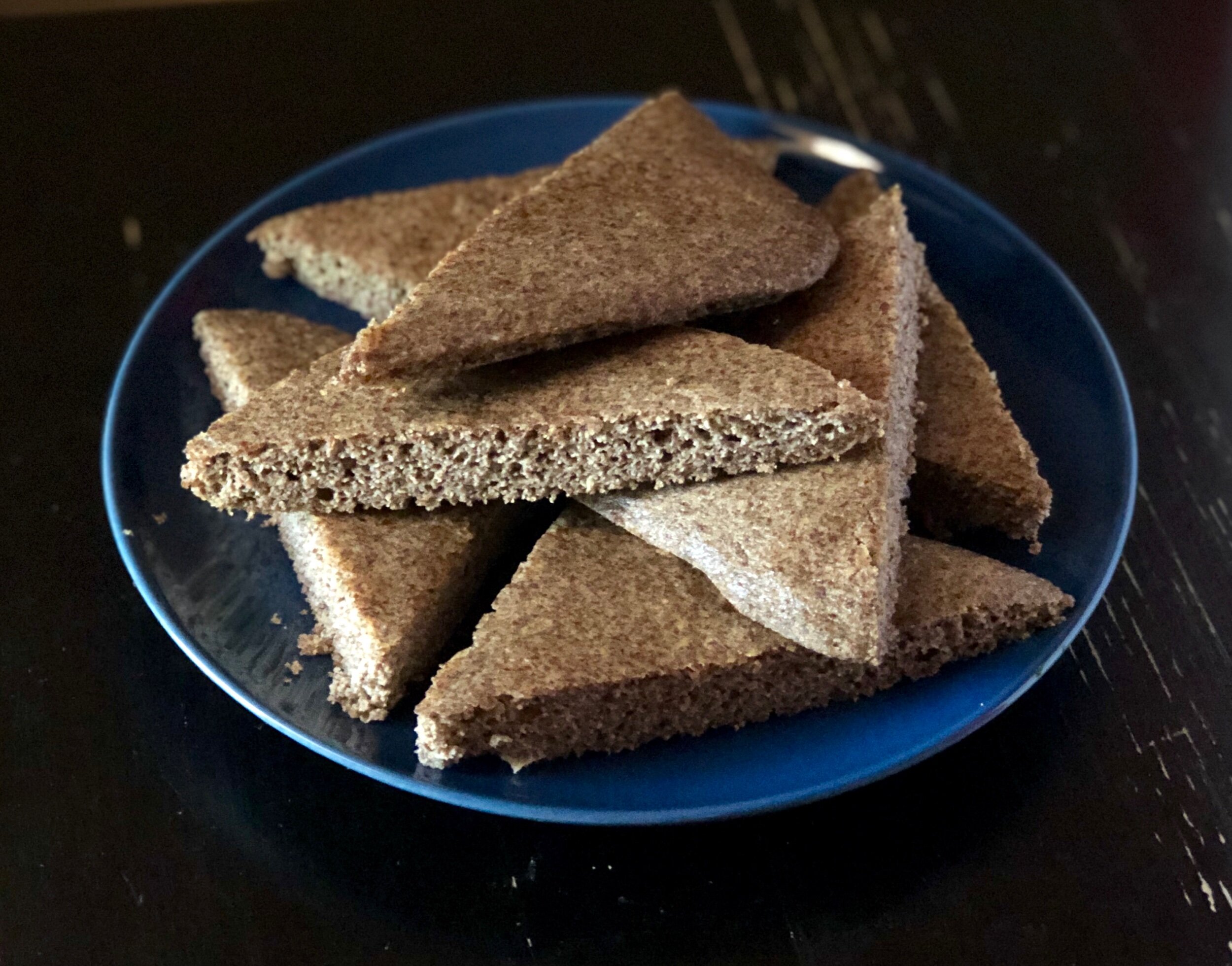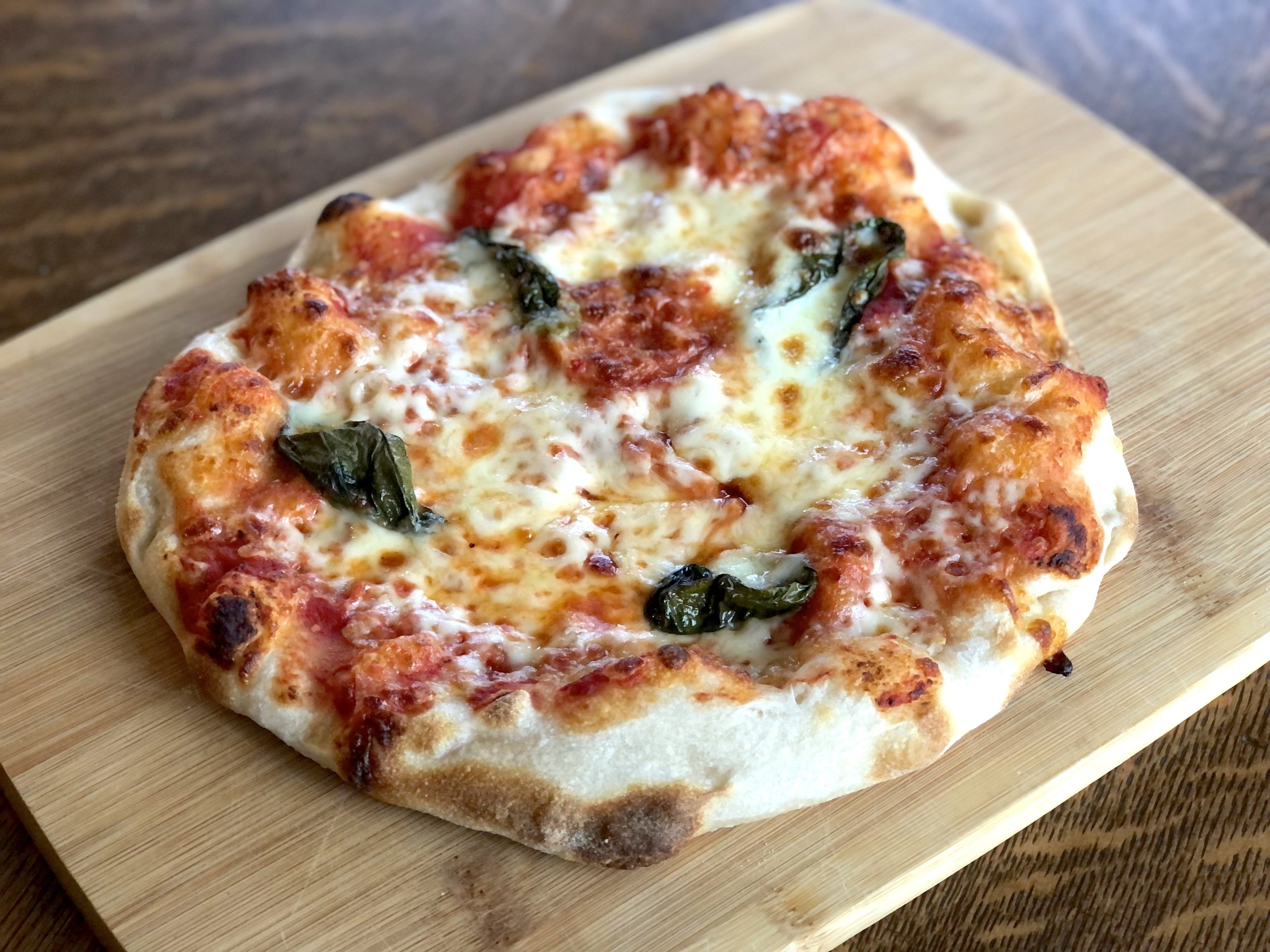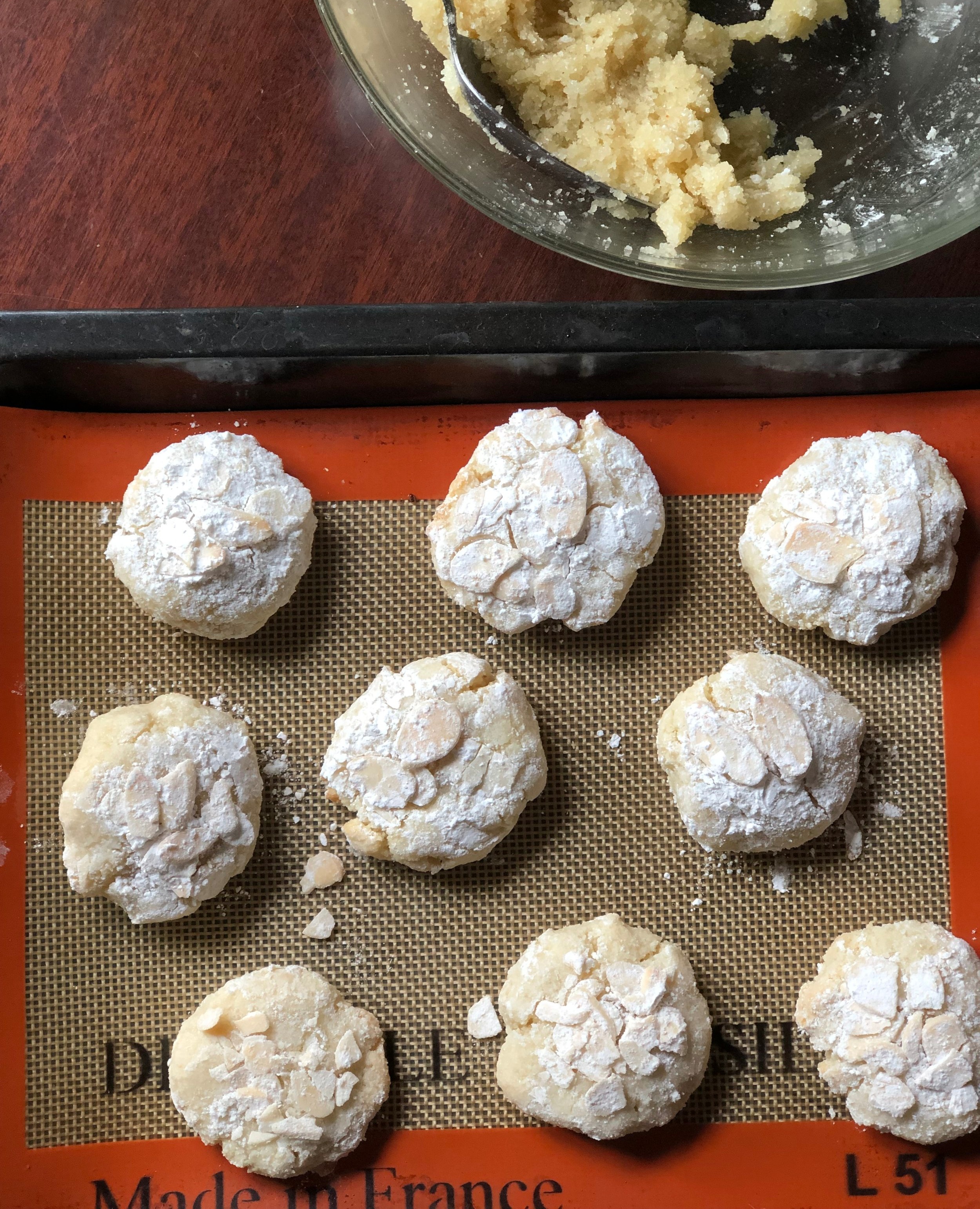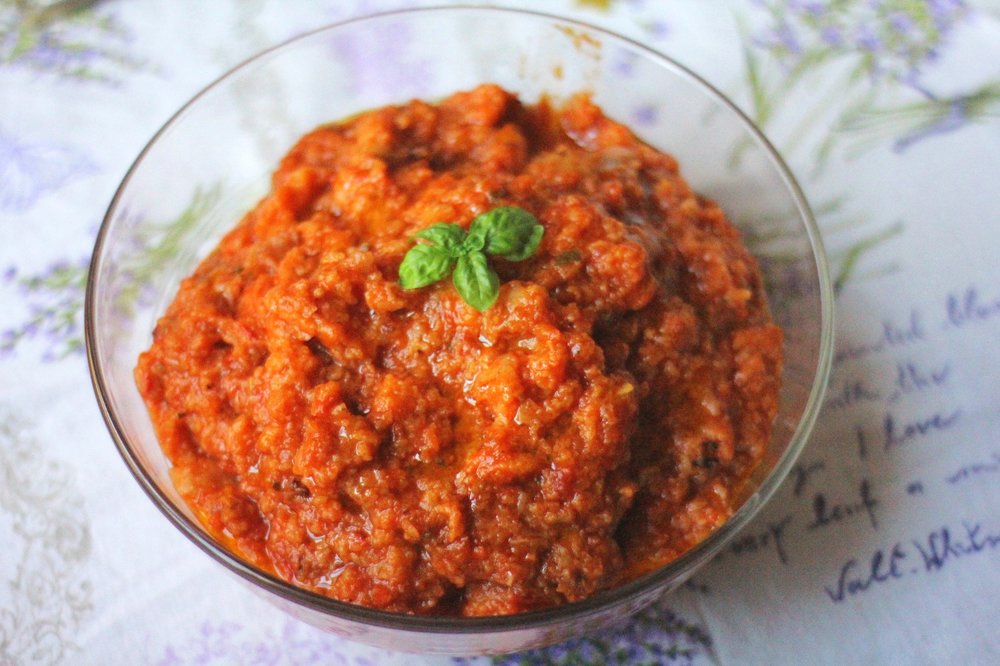5 Cup Fruit Salad
/5-Cup Fruit Salad is a delightfully simple fruit salad consisting of just 5 ingredients: mandarin oranges, pineapple, coconut, mini marshmallows, all tossed in plain yogurt or sour cream. A bit of pineapple juice is used to lightly sweeten the yogurt/sour cream, bringing the whole thing together in a simply sweet way.
This fruit salad has been a part of family dinners and holidays since I was a teenager. It couldn’t be quicker to pull together, it’s inexpensive, and it’s fruit based, while still being delicious (creamy!) and fun (marshmallows!). The coconut gives texture, the fruit is juicy, and the mini marshmallows soften, melting in your mouth.
This 5 Cup Fruit Salad uses canned fruit to keep prep time and costs down, but feel free to use fresh fruit where you wish!
This post may contain affiliate links. If you make a purchase using these links, Jennyblogs may receive a small commission, at no extra cost to you. This helps to support Jennyblogs. Where possible, links are prioritized to small businesses and ethically and responsibly made items. For further information see the privacy policy. Grazie!
5 Cup Fruit Salad
Serves 3-5
Ingredients:
1 can (15oz/425g) mandarin orange segments, drained
1 can (8oz/226g) pineapple chunks or tidbits, drained and 1 Tbsp juice reserved
1 cup / 57g mini marshmallows
1 cup / 80g shredded unsweetened coconut
1 cup (8oz/226g) sour cream or plain Greek yogurt
Directions:
In a large bowl, combine oranges, pineapple, marshmallows, and coconut. Toss lightly to combine.
Add sour cream and reserved pineapple juice and toss to coat evenly. Serve immediately or refrigerate until ready to serve. Best served day of making.
Jenny’s Notes:
Sweetened coconut can be used in place of the unsweetened. Unsweetened may be harder to find than sweetened, but it keeps the sugar down and lets the fruit really shine.

5 Cup Fruit Salad
Ingredients
Instructions
- In a large bowl, combine oranges, pineapple, marshmallows, and coconut. Toss lightly to combine.
- Add sour cream and reserved pineapple juice and toss to coat evenly. Serve immediately or refrigerate until ready to serve. Best served day of making.
Notes
- Sweetened coconut can be used in place of the unsweetened. Unsweetened may be harder to find than sweetened, but it keeps the sugar down and lets the fruit really shine.
Nutrition Facts
Calories
458Fat
21 gSat. Fat
18 gCarbs
64 gFiber
10 gNet carbs
55 gSugar
50 gProtein
11 gSodium
52 mgCholesterol
3 mgNutritional information is approximate; based on 3 servings.


